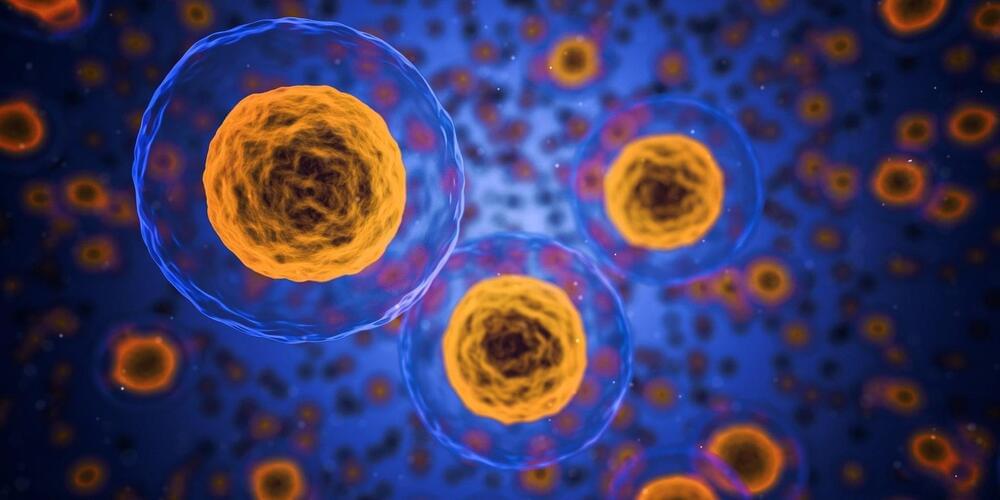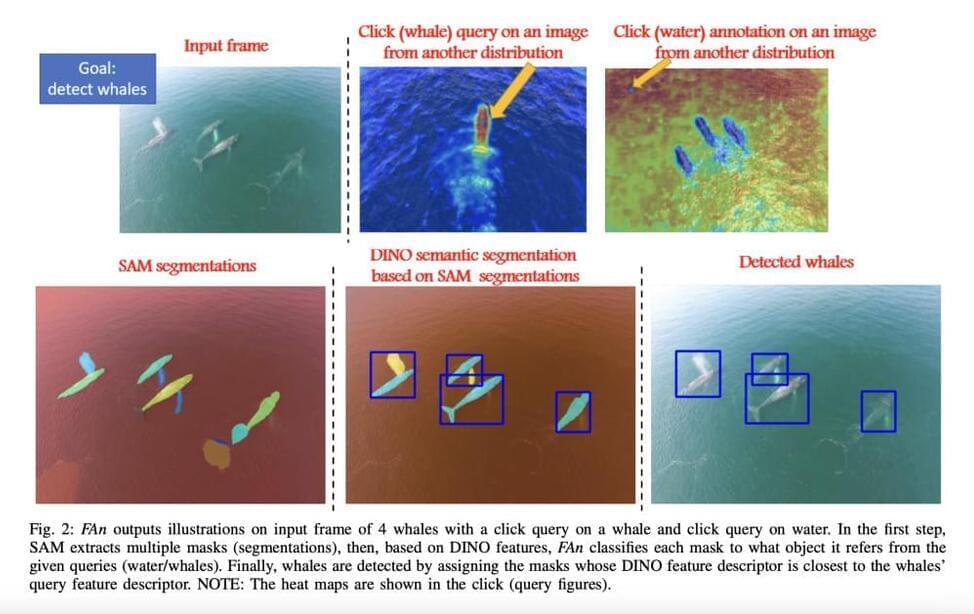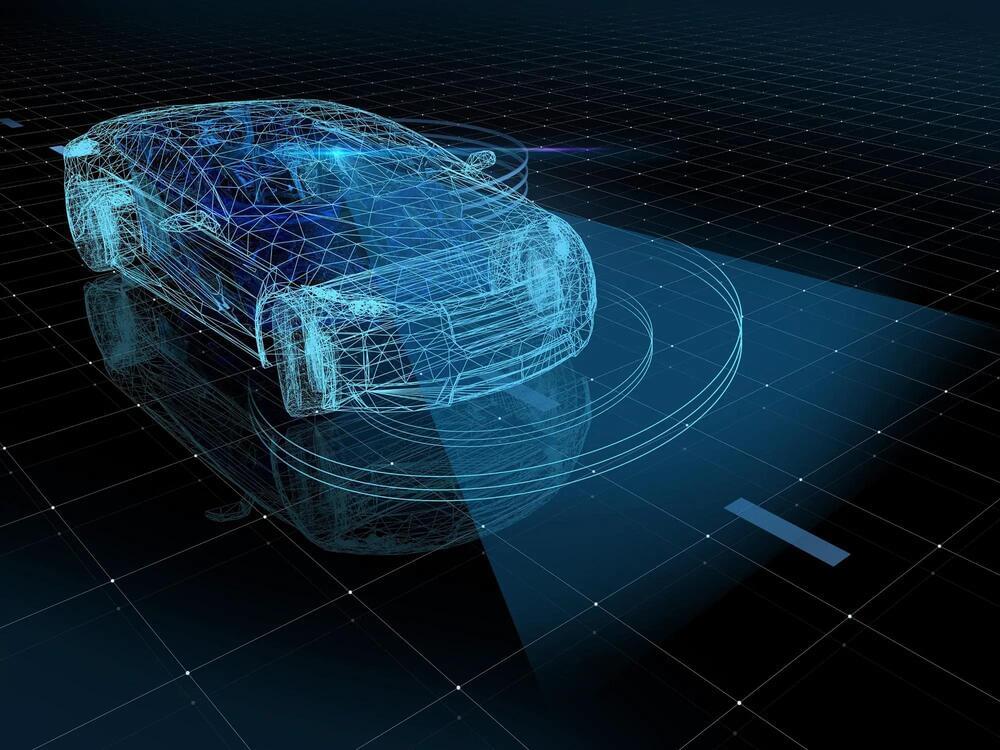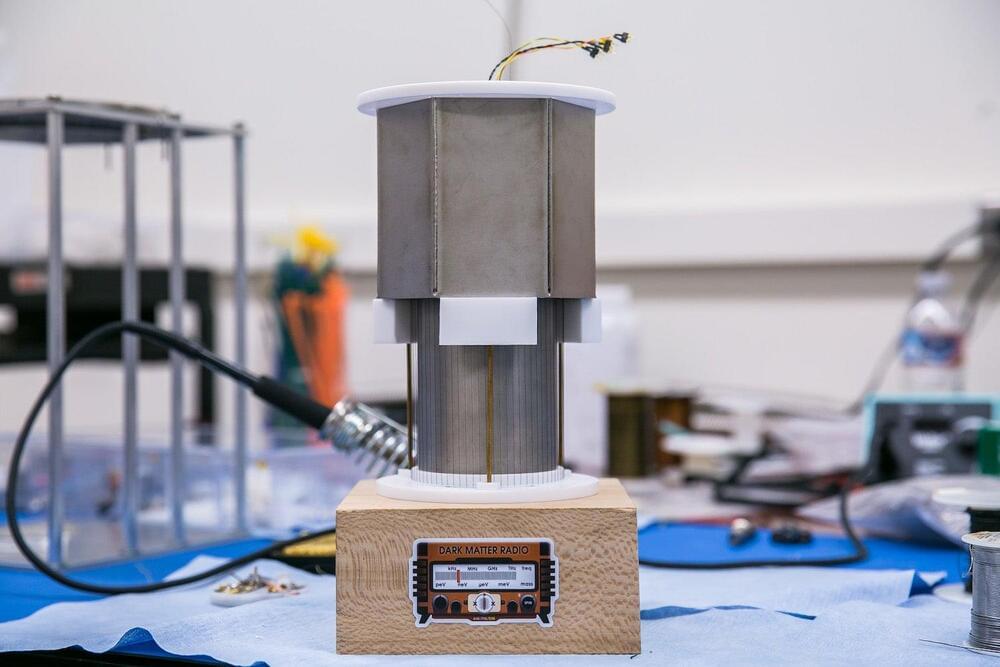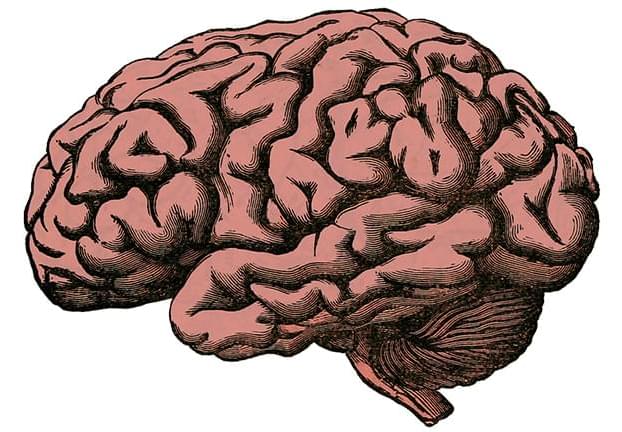Smartphones and other tech pose special challenges — and opportunities — for young brains.
Stem cells are special kinds of cells in our body that can become any other type of cell. They have huge potential for medicine, and trials are currently under way using stem cells to replace damaged cells in diseases like Parkinson’s.
One way to get stem cells is from human embryos, but this has ethical concerns and practical limitations. Another way is to turn adult cells from the skin or elsewhere into what are called “induced pluripotent stem cells” (iPS cells).
However, these cells sometimes carry a “memory” of the kind of cell they used to be, which can make them less predictable or efficient when we try to turn them into other types of cells.
In a new AI research, a team of MIT and Harvard University researchers has introduced a groundbreaking framework called “Follow Anything” (FAn). The system addresses the limitations of current object-following robotic systems and presents an innovative solution for real-time, open-set object tracking and following.
The primary shortcomings of existing robotic object-following systems are a constrained ability to accommodate new objects due to a fixed set of recognized categories and a lack of user-friendliness in specifying target objects. The new FAn system tackles these issues by presenting an open-set approach that can seamlessly detect, segment, track, and follow a wide range of things while adapting to novel objects through text, images, or click queries.
The core features of the proposed FAn system can be summarized as follows:
The development of robotic avatars could benefit from an improvement in how computers detect objects in low-resolution images.
A team at RIKEN has improved computer vision recognition capabilities by training algorithms to better identify objects in low-resolution images. Inspired by human brain memory formation techniques, the model degrades the quality of high-resolution images to train the algorithm in self-supervised learning, enhancing object recognition in low-quality images. The development is expected to benefit not only traditional computer vision applications but also the creation of cybernetic avatars and terahertz imaging technology.
Robotic avatar vision enhancement inspired by human perception.
An “out there” theory inspired the development of the Dark Matter Radio, a device that could explain the mysterious matter that makes up 85 percent of the mass of our universe.
Scientists have used advanced imaging techniques to identify brain activity and regions linked to cognitive motor dissociation (CMD), or ‘hidden consciousness’. CMD is a state in which a person appears comatose and unresponsive while inwardly showing signs of conscious brain activity.
The findings, reported by a team from Columbia University in the US, may help doctors more easily identify CMD in the future, and better tailor treatments for people who can understand what’s being said to them but can’t respond to it.
CMD happens in around 15–25 percent of people with brain injuries from head trauma, brain hemorrhage, or cardiac arrest. In these patients, something breaks between the instructions coming from the brain and the muscles needed to carry those instructions out.
The largest ever study of the genetics of the brain – encompassing some 36,000 brain scans – has identified more than 4,000 genetic variants linked to brain structure. The results of the study, led by researchers at the University of Cambridge, are published in Nature Genetics today.
So, the bad AI has been arriving. On purpose. It reminds me of when hackers once or a few times checked traffic lights to both green and caused accidents resulting in human harm. That’s sad that such great tools are misused.
ChatGPT has become popular, influencing how people work and what they may find online. Many people, even those who haven’t tried it, are intrigued by the potential of AI chatbots. The prevalence of generative AI models has altered the nature of potential dangers. Evidence of FraudGPT’s emergence can now be seen in recent threads on the Dark Web Forum. Cybercriminals have investigated ways to profit from this trend.
The researchers at Netenrich have uncovered a promising new artificial intelligence tool called “FraudGPT.” This AI bot was built specifically for malicious activities, including sending spear phishing emails, developing cracking tools, doing carding, etc. The product may be purchased on numerous Dark Web marketplaces and the Telegram app.
What is FraudGPT?
This post is also available in:  עברית (Hebrew)
עברית (Hebrew)
Two autonomous “robotaxi” companies in San Francisco received the green light to start increasing their operations in the city, after previously facing limits on when or where they could charge for rides.
The promise of driverless car services transforming transport has been very slow to develop since they first came into the public eye over a decade ago, having been faced with technology glitches, safety fears, and high-profile accidents involving vehicles.

